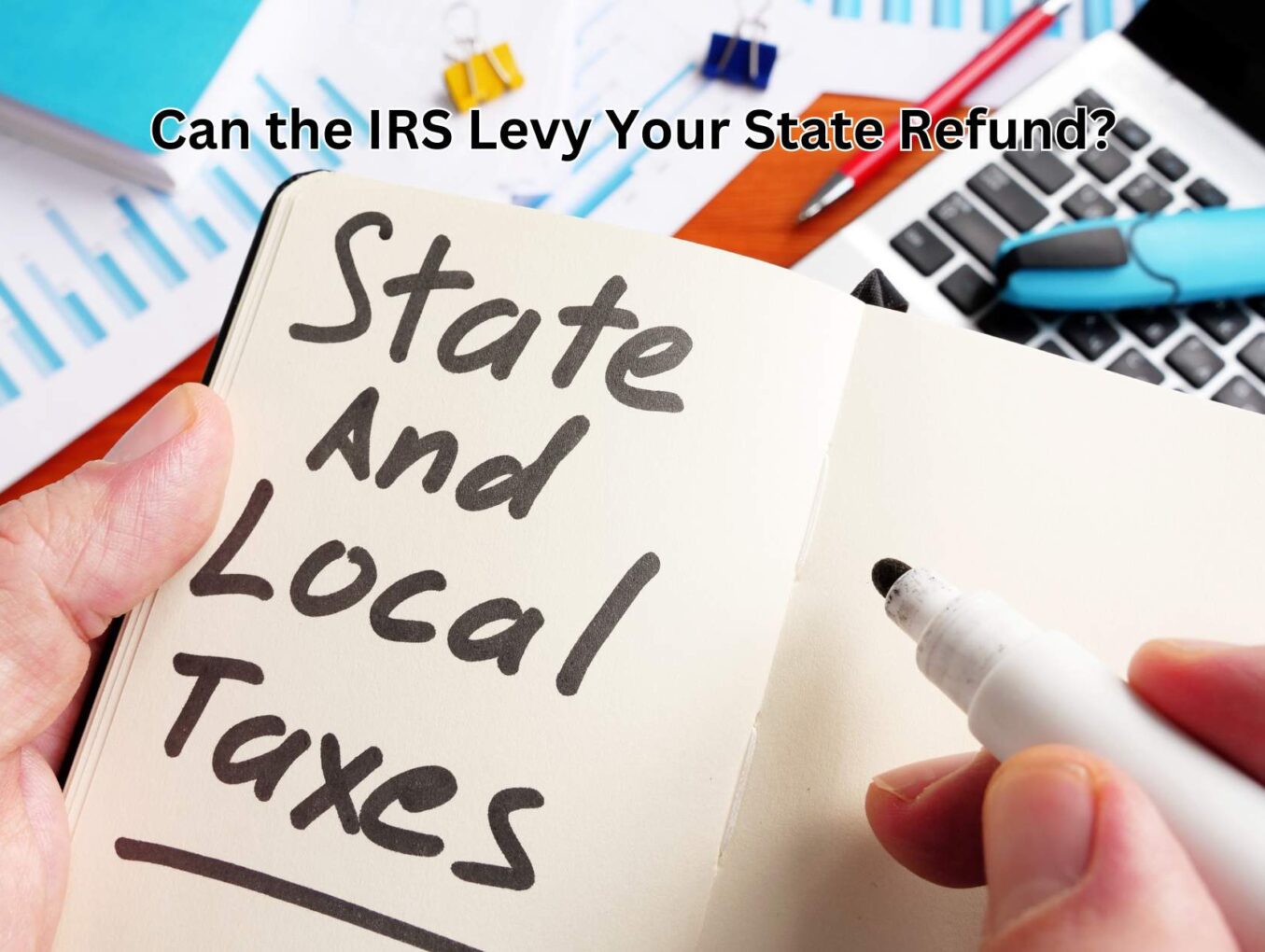How Does the IRS State Income Tax Levy Program (SITLP) Work?
The State Income Tax Levy Program, or SITLP, allows the Internal Revenue Service to offset a taxpayer’s federal tax debt with their state refund. In these cases, the IRS works with state tax authorities to apply the state tax refund to unpaid federal back taxes.
Taxpayers with delinquent taxes will receive an IRS collection notice and have time to pay or make payment arrangements before they lose their state refund.
Does Every State Participate in SITLP Refund Levies?
The SITLP program is voluntary, so not all states participate. Keep in mind that the IRS cannot levy state tax refunds from residents of states that do not have a State Income Tax Levy Program agreement with the IRS.
States that do not tax state income and, therefore, do not participate in the SITLP levy program are Alaska, Florida, Nevada, New Hampshire, South Dakota, Tennessee, Texas, Washington, and Wyoming.
However, Alaska residents who owe the IRS may have their state Permanent Fund (AKPFD) divided seized. Funded by oil and mineral revenue, the Alaska Permanent Fund Dividend has been providing annual payments to eligible residents since 1976.
Annual dividend amounts vary, ranging from several hundred dollars up to $2,000 per person. The IRS can levy this AKPFD dividend payment to offset back taxes.
How Does the State Income Tax Levy Program Work When You Owe Federal Back Taxes?
The SITLP enables the IRS to collect unpaid federal taxes by levying state tax refunds. If a taxpayer owes back taxes and is eligible for a state refund, their state will send the tax refund directly to the IRS.
Taxpayers notified of an IRS state refund levy can appeal if they believe they do not owe the IRS, or the IRS will take too much. Those who can prove financial hardship can also request for the state refund to be returned by asking for a Collection Due Process hearing.
To avoid seizure of state tax refunds by the IRS, taxpayers who owe federal back taxes can enter into a payment agreement with the IRS, such as an Offer in Compromise or a monthly Installment Agreement.
Agreeing to make payments on taxes owed to the IRS can benefit taxpayers who are receiving a large state tax refund.
For example, if a taxpayer expects a $4,000 refund from the state but owes $2,000 in federal taxes, setting up a monthly payment plan with the IRS could allow them to receive the full $4,000 state refund.
How Much of Your State Tax Refund Can the IRS Take Through SITLP?
The IRS can seize the entire state tax refund to settle a federal tax debt. However, only the necessary amount will be taken if the refund amount exceeds the tax debt.
Taxpayers will be notified before the state refund levy is issued and can always appeal if it will create a financial hardship.
If a taxpayer owes $2,000 in federal taxes and expects a $1,000 refund from the state, the state will send the full $1,000 refund to the IRS. The taxpayer will still owe the IRS the remaining $1,000 in taxes after the refund is applied to the debt.
Alternatively, if a taxpayer owes $1,000 to the IRS and expects a $2,000 refund from the state, the IRS will levy $1,000 of the state refund and the taxpayer will get the remaining $1,000.
How Do You Prevent or Stop an IRS State Refund Levy?
To avoid a state refund levy, taxpayers can either pay the full federal tax debt, which stops IRS collection efforts, or establish a payment plan with the IRS.
If paying off a federal tax debt will create financial stress for a household, the taxpayer may qualify for an Offer in Compromise (OIC) or Currently Not Collectible status.
An OIC allows taxpayers to make partial payment settlement offers to the IRS. If the IRS agrees to the lesser amount to settle the tax debt, the taxpayer will pay the lower taxes during the agreed upon period to resolve the debt.
To qualify for Currently Not Collectible status, taxpayers must demonstrate that paying any amount of the tax debt will significantly impact their ability to cover basic living expenses such as rent, utilities, food, and medical care.
Need more help? You can start online by answering 6 simple questions.
6 Simple Questions. Free Evaluation.

